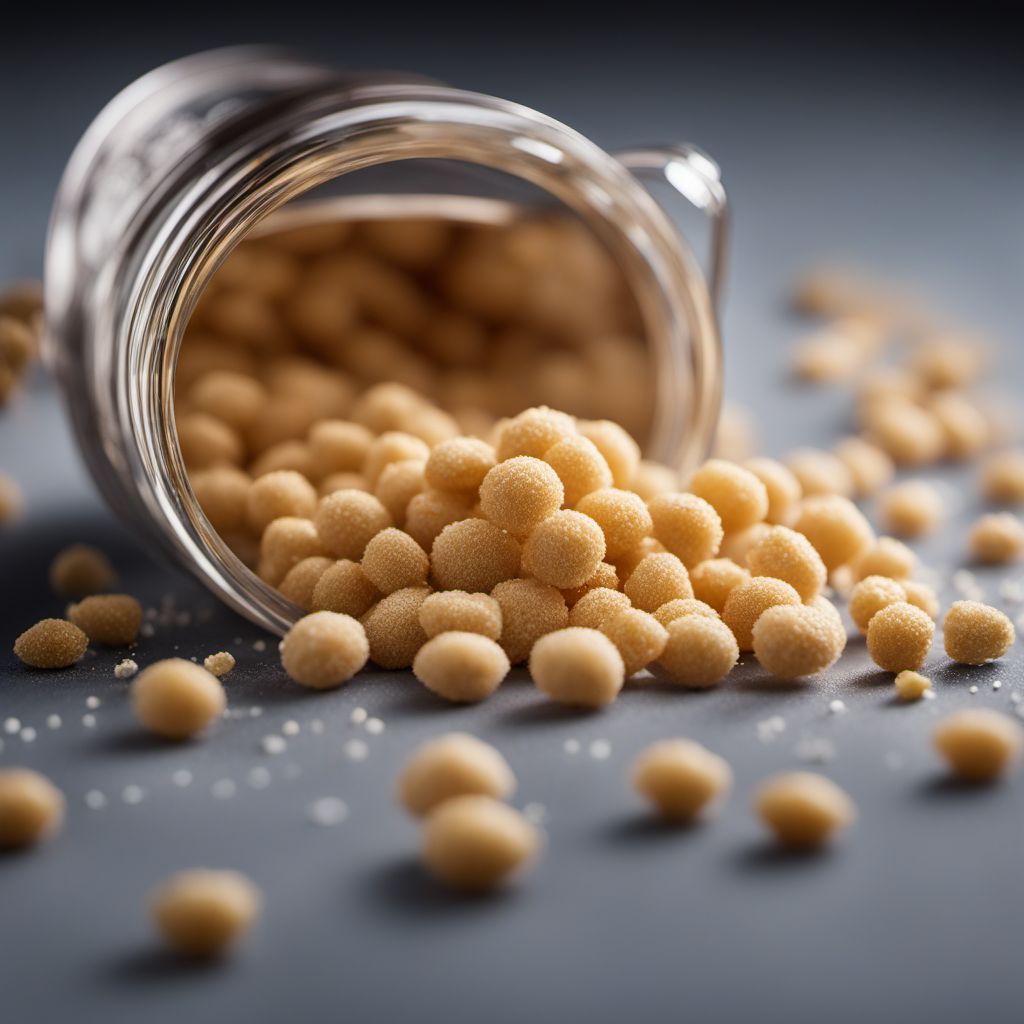
Ingredient
Modified starch
The Versatile Transformations of Starch
Modified starch is derived from common starch sources such as corn, wheat, or potatoes. Through processes like heating, acid treatment, or enzymatic reactions, the starch structure is altered, resulting in improved thickening, stabilizing, or gelling properties. This ingredient is available in various forms, including powders, flakes, or granules, and its characteristics can vary depending on the specific modification method used. Modified starches can have different textures, ranging from smooth and creamy to firm and elastic, making them suitable for a wide range of culinary applications.
Origins and history
The modification of starch has been practiced for centuries, with early records of starch being heated or fermented to create new textures and flavors. In the 19th century, industrial processes for modifying starch were developed, leading to the widespread use of modified starch in the food industry. Today, modified starch is used globally in a variety of food products, including sauces, soups, baked goods, and confectionery.
Nutritional information
Modified starch is primarily used as a functional ingredient and does not contribute significant nutritional value to a dish.
Allergens
Modified starch is typically derived from common allergenic sources such as corn, wheat, or potatoes. Individuals with allergies to these ingredients should exercise caution when consuming products containing modified starch.
How to select
When selecting modified starch, look for reputable brands that clearly label the source of the starch and the specific modification method used. Opt for products that are free from additives or preservatives and choose the appropriate form of modified starch based on the desired application.
Storage recommendations
To maintain the freshness and quality of modified starch, store it in a cool, dry place in an airtight container. Avoid exposure to moisture or extreme temperatures, as this can affect its functionality.
How to produce
Producing modified starch on a small scale is a complex process that requires specialized equipment and knowledge. It is best left to industrial manufacturers.
Preparation tips
When using modified starch, it is important to follow the recommended usage instructions provided by the manufacturer. Generally, it is added to liquids and heated to activate its thickening or gelling properties. It is advisable to gradually add the modified starch to prevent clumping and to stir continuously during the cooking process to ensure even distribution.
Culinary uses
Modified starch is widely used in the food industry as a thickening agent in sauces, gravies, and soups. It is also used to improve the texture and stability of processed foods such as baked goods, dairy products, and confectionery. Additionally, modified starch can be used to create creamy fillings or custards in desserts.
Availability
Modified starch is commonly available in grocery stores, supermarkets, and online retailers worldwide.
More ingredients from this category » Browse all

Preservative
Preserving the Goodness: Unveiling the World of Food Preservatives

Gelling agent
The Magic of Gelling Agents
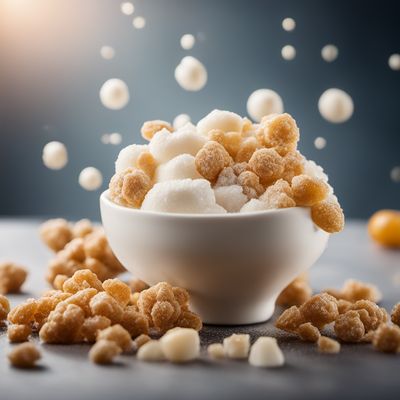
Anti-foaming agent
The Silent Hero: Taming the Bubbles in Your Culinary Creations

Binding agent
The Glue of Culinary Creations: Unveiling the Power of Binding Agents

Antioxidant
"Nature's Defense: Unleashing the Power of Antioxidants"

Emulsifying salts
The Magic of Emulsifying Salts

Raising agents
The Magic Behind Culinary Rise: Unveiling the Secrets of Raising Agents
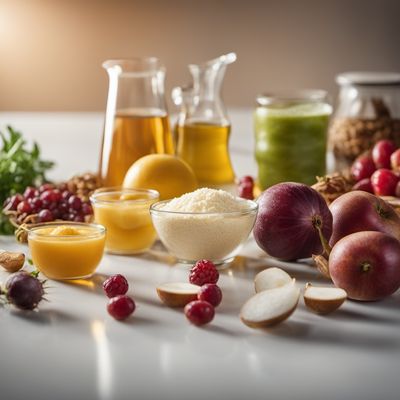
Acidity regulator
The Balancing Act: Understanding Acidity Regulators

Thickener
The Art of Creating Perfectly Thickened Delights
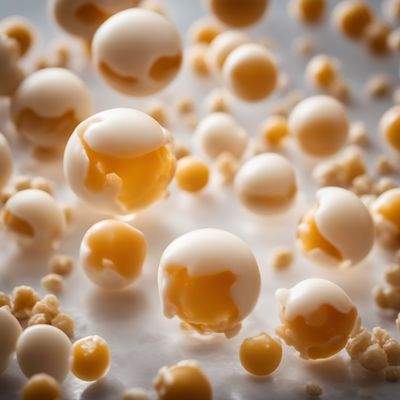
Glazing agent
Enhancing Food Appeal

Flavour enhancer
The Magic of Umami
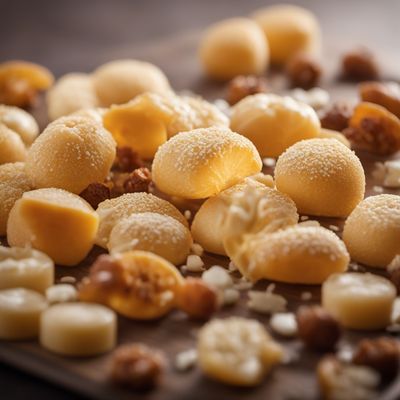
Anti-caking agent
The Secret Ingredient: Unveiling the Magic of Anti-Caking Agents